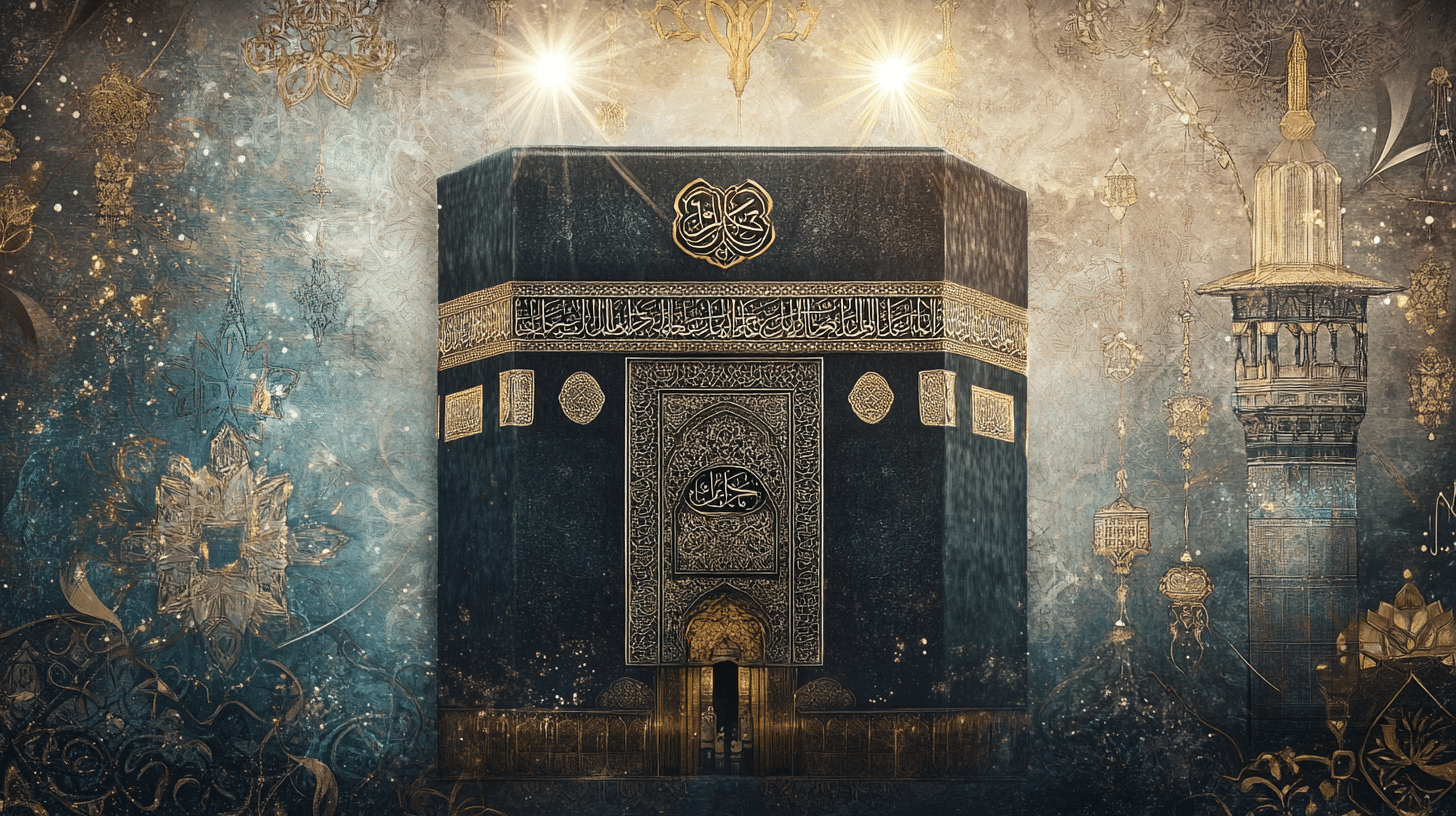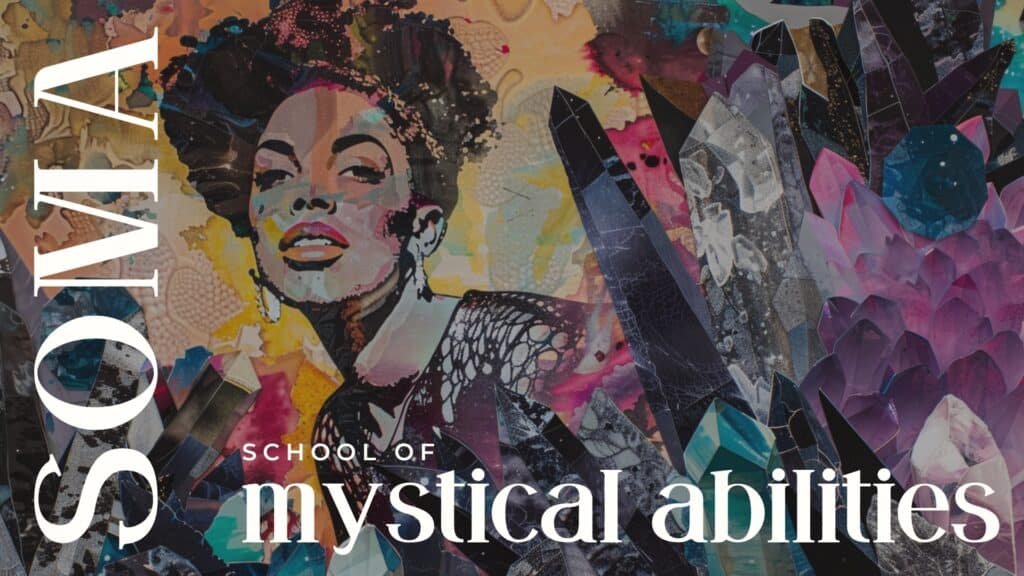
In the heart of Mecca, Saudi Arabia, stands a structure that has captivated the hearts and minds of Muslims worldwide for centuries. The Kaaba, a simple yet profound cube-shaped building, is the spiritual epicenter of the Islamic faith, drawing millions of pilgrims each year to perform the sacred ritual of the Hajj.
The Kaaba: A Symbol of Unity and Devotion
The Kaaba, often referred to as the “House of God,” is the most sacred site in Islam. This unassuming structure, draped in a black cloth embroidered with gold calligraphy, is the direction to which Muslims around the world face during their daily prayers. Its simplicity belies the profound spiritual meaning it holds for the faithful.
The Kaaba’s origins can be traced back to the time of the prophet Abraham (peace be upon him), who, along with his son Ishmael, is believed to have built the structure as the first house of worship dedicated to the one true God. Over the centuries, the Kaaba has undergone various renovations and restorations, but its core purpose has remained steadfast: to serve as a symbol of the unity and devotion of the Muslim community.
Performing the Hajj: A Transformative Spiritual Journey
For Muslims, the pinnacle of their spiritual journey is the Hajj, the annual pilgrimage to Mecca. This profound experience is considered one of the five pillars of Islam, a religious duty that every able-bodied Muslim must perform at least once in their lifetime.
The Hajj is a deeply transformative affair, as pilgrims from all over the world, regardless of their social, economic, or cultural backgrounds, come together to perform the same rituals and rites. This collective act of worship and devotion serves to reinforce the fundamental principles of Islam: equality, humility, and the oneness of the Divine.
During the Hajj, pilgrims perform a series of rituals, including circling the Kaaba, known as the Tawaf, and walking between the hills of Safa and Marwah, reenacting the search for water by Hagar, the wife of Abraham. These acts of physical and spiritual devotion are believed to bring the pilgrim closer to God, fostering a deep sense of connection and humility.
The Symbolic Significance of the Kaaba
The Kaaba is imbued with profound symbolic meaning that goes beyond its physical structure. As the spiritual heart of Islam, it represents the unity and equality of all believers, as well as the centrality of God in the lives of the faithful.
The cube-like shape of the Kaaba is often interpreted as a representation of the perfection and unity of God, as well as the concept of the oneness of the Divine. The black cloth that drapes the structure, known as the Kiswa, is embroidered with verses from the Quran, further emphasizing the Kaaba’s role as a conduit for the divine word.
Another significant aspect of the Kaaba is the Black Stone, a relic embedded in one of its corners. This sacred stone, believed to have been sent down from heaven, is a symbol of the covenant between God and humanity, and pilgrims often seek to touch or kiss it as part of their devotional acts.
The Transformative Power of the Hajj
For many Muslims, the Hajj is a life-changing experience that leaves an indelible mark on their spiritual journey. The act of physically and emotionally engaging with the Kaaba and the rituals of the Hajj can be a profoundly transformative experience, leading to a deeper understanding of one’s faith and a renewed sense of connection with the divine.
Pilgrims often return from the Hajj with a renewed sense of purpose, humility, and gratitude. The experience of standing shoulder-to-shoulder with fellow believers from around the world, all united in their devotion to God, can be a powerful reminder of the universal nature of the Islamic faith and the inherent dignity and equality of all human beings.
Conclusion: Embracing the Spiritual Heart of Islam
The Kaaba, with its rich history and profound symbolic significance, stands as a testament to the spiritual depth and universality of the Islamic faith. For those who have the opportunity to visit this sacred site, the experience can be a transformative one, deepening one’s connection with the divine and fostering a greater sense of unity and purpose within the global Muslim community.

